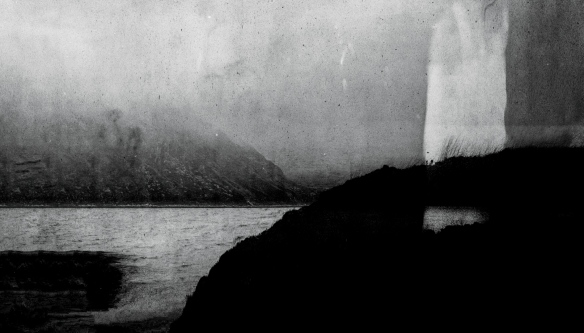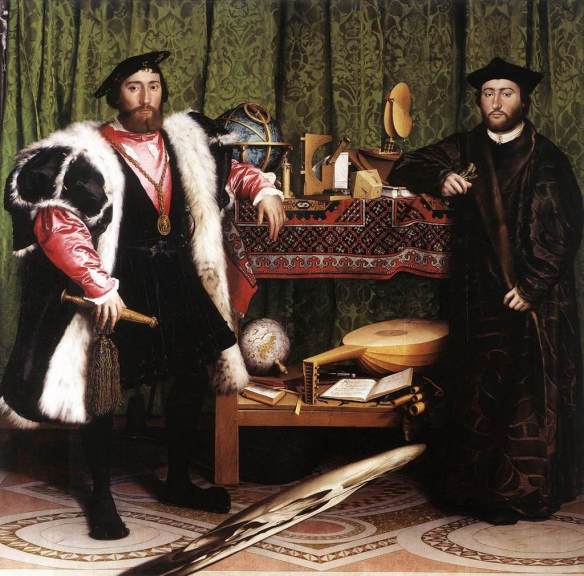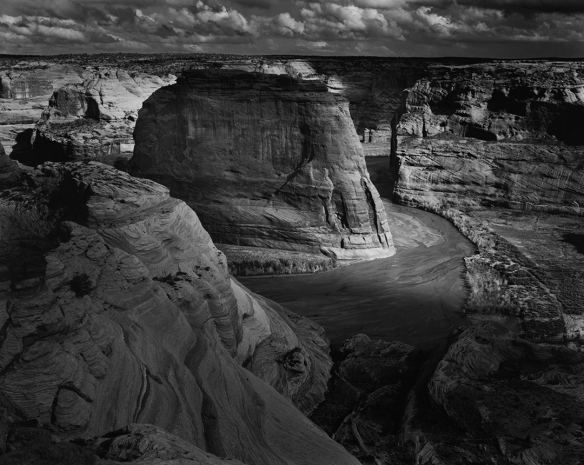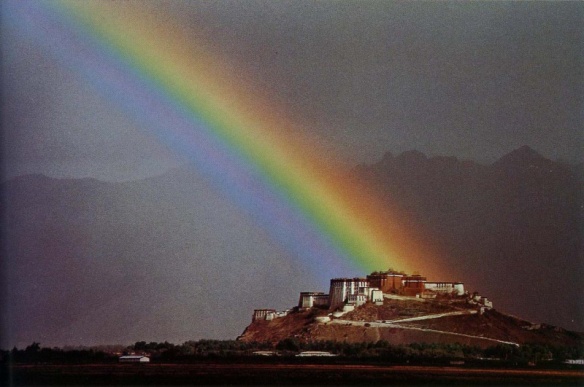
Giles Stokoe, Prehistoric landscape 50.84, 03.13
It has been some time since I last posted, because changing country, teaching, raising children and trying to find time for my own practice have largely left me with little energy left for anything else. But the children are more settled now, and bizarrely, teaching remotely from my office at home during the recent lockdown has helped me to consolidate slightly, instead of feeling that I was spread thinly across multiple roles and locations.
Have any recurring themes come out of all these changes, photographically? Possibly because of living in a new location many hundreds of miles from my old photographic haunts, and possibly because of my work with students who, due to a variety of factors, tend to photograph very close to home… often within their home, and comparing these images to images made by people I am not in conversation with and images made by people that are the subject of the research I have had to do to in order to guide and inform students about different approaches and techniques, I have come to believe even more strongly that interesting images come from inside onself, not from the world outside. It is a practitioner’s relationship with their subject matter that makes an interesting image, rather than what the subject is.
I have ranted about ‘honeypot’ locations for landscape photographs before, but I have just checked on Google and once you have seen the first 16 images from the search “Kirkjufell”, for example, the subject has gone cold. It is undeniably astonishing, visually. Wow, what a place. But the images become a procession of technical attempts to render the subject matter, and one’s response is an ever decreasing connection to each individual image and an increasing awareness of the technical flaws that prevent one feeling the amazement one did at first. Geographical pornography.

Google image search: Kirkjufell
I am not saying that photographers are never trying to say something personal in response to spectacular subject matter, just that in the face of it their reaction is less likely to be unique, and even if it is, our reaction as viewers is more likely to be beguiled by the image’s more obvious charms. If an image has deliberately had its charisma “turned down a notch” (to paraphrase Zaphod Beeblebrox) then we need something else to stop us from getting bored and drifting away. If it is more ambiguous what we are looking at, it opens our minds to other, less obvious interpretations.

Chris Friel, After Evening
It seems so obvious written down like this. If the appeal of the subject is not obvious, the process of translating it into a nevertheless interesting image depends on more than technical skill alone, or being in the right place at the right time. Success or failure is much less easy to judge, and the judging is a more interesting experience. Even if the photographer is happy with what they have achieved the image may never find an audience with whom it strikes a chord, and it is even difficut to say who’s fault that is.

Jem. Southam, River Exe at Bickleigh
I wonder whether this is a problem unique to photography, with its reputation for fidelity to the subject. We all know that painters can not accurately capture fleeting instants in the field (unless they are working from photographs). They necessarily have to find a place for themselves on the expressionistic/impressionistic scale. Even if their representation is more or less naturalistic, there will be less precision in terms of time, colour and physical detail, and the viewer is happy to assume this and fill in the gaps with their own imagination. With photography it is easy to think that what we are looking at is a ‘realistic’ represenation of what was there, and so a photographer wanting to free their viewers from this trap has to more obviously break the illusion and encourage them to look below the surface.

Abigail Reynolds, Many Ways






